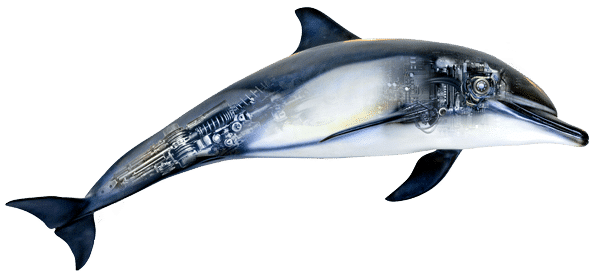In parallel to the worldwide expansion of renewable energy capacity, the availability of turbines has become a central topic within the industry. State-based and predictive maintenance offers great potential in this area. Physically modelled expert knowledge forms a solid foundation.



The renewable energy industry has grown substantially over the past two decades and this growth will almost certainly accelerate in the future to represent the entire energy supply chain. This growth will be accompanied by continuous innovation. The development path is generally developing in the direction of greater turbine performance for offshore applications, higher efficiency, and longer lifetimes for lower energy costs.
Long-term maintenance contracts are driving the digitalisation of the sector forwards in order to realise state-based maintenance.
Large fleets require an automated solution for monitoring, analysis, and diagnosis in order to derive recommendations for preventative maintenance from it. The main goal is the avoidance of unplanned downtimes and the reduction of average turbine downtimes (MTTR). The largest proportion of expert knowledge is available implicitly in the local service organisations. However, high fluctuation and a lack of service technicians make the use of knowledge-based systems to support maintenance activities a necessity.
The Uptime HARVEST software analyses the monitoring data from wind turbines. The data from the SCADA systems along with maintenance documentation or even the analysis results from individual components are processed in a joint recommendation system. It is based on the detection of deviations, followed by cause diagnosis, and the remaining lifetime forecast. Recommendations are created at every step of this analysis chain, its basis is explained, and the user is supported in the problem resolution activity. This enables the highest levels of availability while lowering maintenance costs.

You are currently viewing a placeholder content from Facebook. To access the actual content, click the button below. Please note that doing so will share data with third-party providers.
More Information